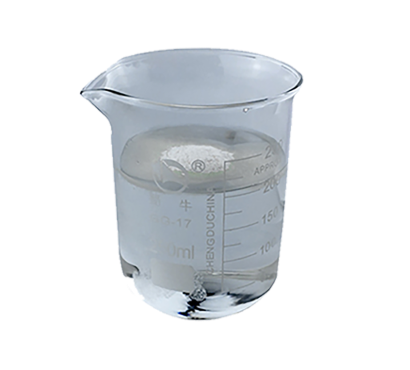
Dec . 23, 2024 19:01 Back to list
hpmc safety
The Importance of HPMC Safety in Pharmaceutical and Food Industries
Hydroxypropyl Methylcellulose (HPMC) is a versatile polymer widely used in pharmaceutical, food, and cosmetic industries due to its excellent binding, thickening, and film-forming properties. As the use of HPMC continues to expand, understanding its safety profile becomes increasingly important for manufacturers, healthcare professionals, and consumers alike. This article delves into HPMC safety, focusing on its applications, potential risks, and regulatory considerations.
Applications of HPMC
HPMC is commonly utilized in various products, including tablets, capsules, and food items. In pharmaceuticals, it serves as a binder and film-coating agent, improving the stability and bioavailability of medications. In the food industry, HPMC acts as a thickener and emulsifier, enhancing texture and palatability in products such as sauces, dressings, and baked goods. Its use in cosmetics is equally significant, contributing to the formulation of lotions, creams, and gels.
Safety Concerns
Despite its wide acceptance, HPMC's safety profile must be scrutinized. The primary concern revolves around its origin, as it is a cellulose derivative. For individuals with specific sensitivities or allergies to cellulose or its derivatives, exposure to HPMC could pose risks. Adverse reactions may include gastrointestinal discomfort, allergic responses, or potential interactions with other compounds in a formulation. It is crucial for manufacturers to consider these factors during the formulation and labeling processes.
Toxicological Studies
Research on the safety of HPMC reveals that it is generally recognized as safe (GRAS) when used in food products at standard levels. According to various toxicological studies, HPMC has not demonstrated significant toxic effects, even at higher concentrations. The FDA and European Food Safety Authority (EFSA) have reviewed its safety, further affirming its GRAS status. However, ongoing studies are essential to assess long-term exposure and specific demographic considerations, such as age and pre-existing health conditions.
Regulatory Considerations
The regulatory landscape governing HPMC use varies globally. In the United States, the FDA oversees its application in food and pharmaceutical products, ensuring compliance with safety standards. The European Union follows a similar approach, requiring rigorous testing and evaluation before HPMC can be approved for use in different applications. Manufacturers must stay abreast of evolving regulations to ensure their products remain compliant and safe for consumer use.
hpmc safety

Best Practices for HPMC Use
For industries utilizing HPMC, adhering to best practices is crucial for ensuring safety. These practices include
1. Quality Control Manufacturers should implement stringent quality control measures to ensure HPMC used in formulations meets purity and quality standards.
2. Labeling Clear labeling is essential to inform consumers of the presence of HPMC and its potential allergens. Transparency fosters trust and allows consumers to make informed choices.
3. Risk Assessment Conducting thorough risk assessments helps identify potential hazards associated with HPMC and guides formulations to reduce risks to consumers.
4. Consumer Education Educating consumers about HPMC, its uses, and associated safety can help mitigate concerns and promote informed decision-making.
5. Ongoing Research Continuous research into the safety and efficacy of HPMC is vital. Manufacturers and regulatory bodies should collaborate to ensure updated information informs safety standards.
Conclusion
HPMC is a valuable ingredient with diverse applications across various industries, notably pharmaceuticals and food production. Understanding its safety profile, potential risks, and regulatory requirements is crucial for manufacturers and consumers. By adhering to best practices and focusing on safety, stakeholders can harness the benefits of HPMC while ensuring the well-being of consumers. As research continues to unfold, ongoing vigilance and commitment to safety will remain paramount in the successful utilization of HPMC in future applications.
-
Versatile Hpmc Uses in Different Industries
NewsJun.19,2025
-
Redispersible Powder's Role in Enhancing Durability of Construction Products
NewsJun.19,2025
-
Hydroxyethyl Cellulose Applications Driving Green Industrial Processes
NewsJun.19,2025
-
Exploring Different Redispersible Polymer Powder
NewsJun.19,2025
-
Choosing the Right Mortar Bonding Agent
NewsJun.19,2025
-
Applications and Significance of China Hpmc in Modern Industries
NewsJun.19,2025







